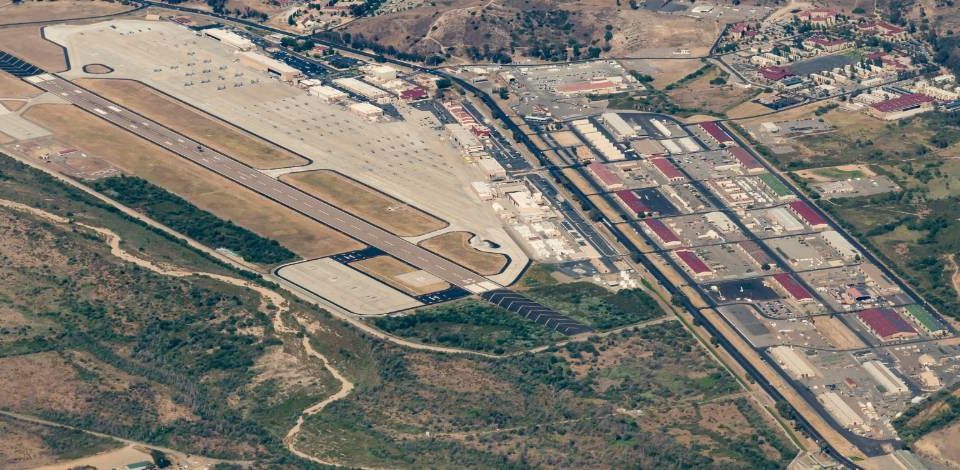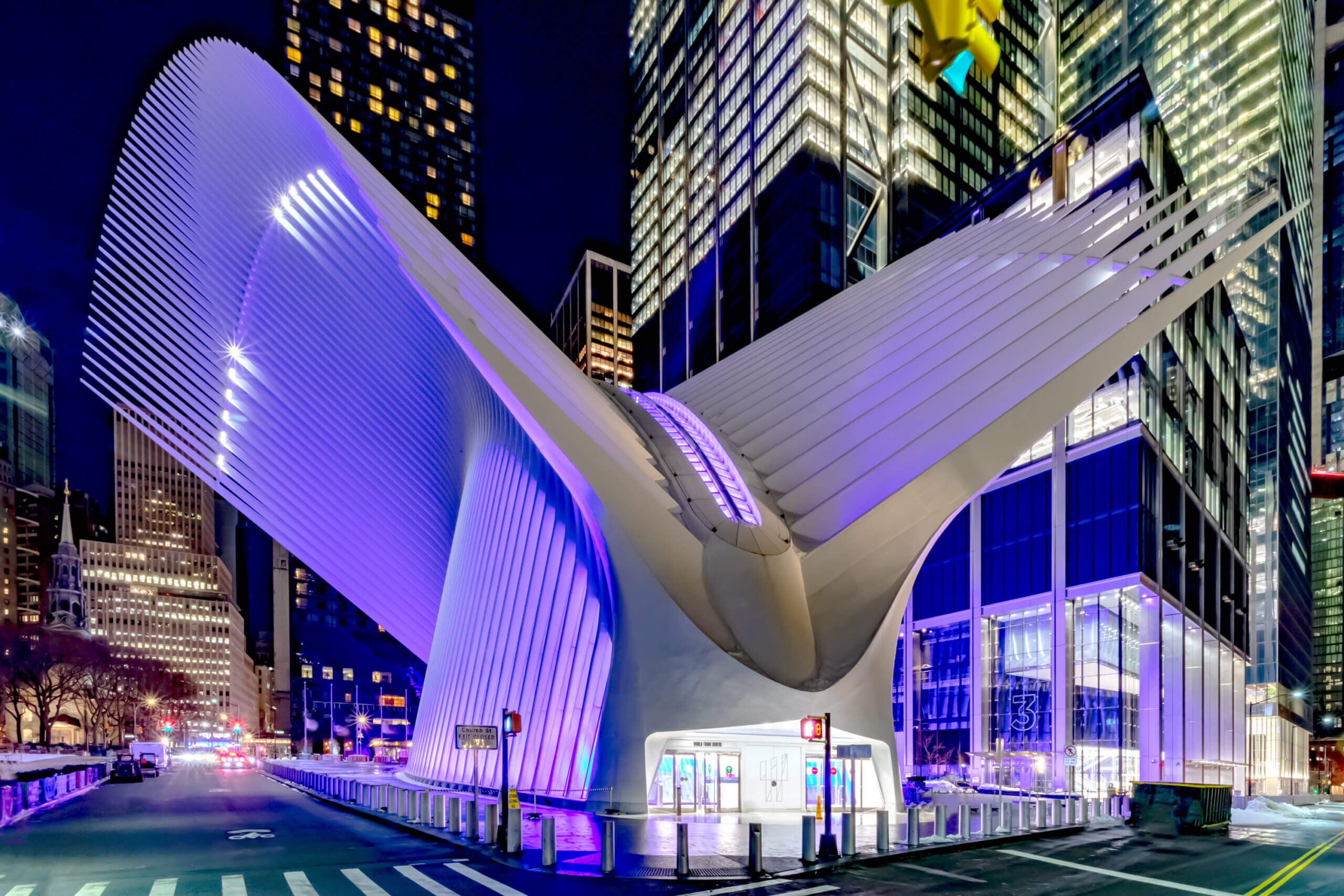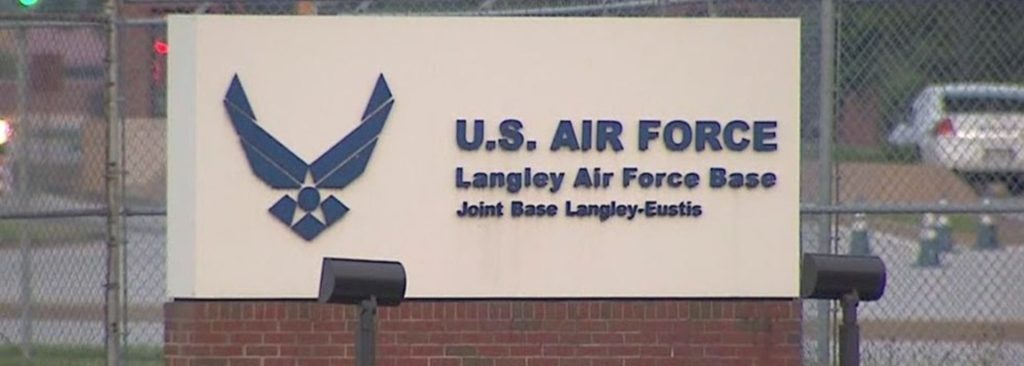Navigating Military Base Logistics to Improve Energy Efficiency
Share Article

For the United States government, energy efficiency is massively important. Not only do all areas of government need to provide their assigned services, but they also need to do so while cutting costs and conserving resources.
“The Department of Defense recognizes over 47,000 structures that fall under federal energy efficiency guidelines. But as of 2015, only 511 buildings actually met the necessary criteria. This presents a challenge and an opportunity.”
Dept. of Defense
With over 47,000 buildings covered by sustainable building standards—many of which were constructed prior to the establishment of the HPSB guidance—DoD faces several challenges in meeting the goals. In FY 2015, 511 DoD buildings met the sustainable building requirements.
Government Energy Consumption
Government projects are just plain massive, in scope and in the material. Consider the amount of energy (and the cost) the government must consume. Even though it is a fraction of the overall government, the military alone consumes upwards of $20 billion worth of energy every year.
Providing important services, and doing so on such a large scale, is what governments are best at. However, it all requires massive infrastructure support, including the wiring, components, lights, and more that use up all that energy.
“In fiscal year (FY) 2008 DoD consumed 889 trillion site-delivered BTU (more than used by entire nations such as Denmark or Israel) and spent on the order of $20 billion on energy.”
Energy.gov
But where can an organization as vast, varied, and regulated as the U.S. government find partners to help build that infrastructure? Where can it turn when electrical systems need repairs, old lights need updating, and old technology must be replaced by new?
The United States Armed Forces are a perfect example of massive government departments that require talented partners from corporate America. With important facilities in most states, and, indeed, around the world, the US military must have an able, capable, and flexible electrical and lighting contractor.
Here are some examples of work FSG has performed alongside the U.S. military.
Fort Hamilton
Located in Brooklyn, historic Fort Hamilton is a former defensive emplacement owned and operated by the United States Army. The fort serves as the locus of a community of military members from almost every branch of the United States Armed Forces.
FSG, working alongside XENERGY, was tasked with a complete lighting retrofit of the facility. Nearly 8,000 outdated fluorescent, incandescent, and HID (high-intensity discharge) fixtures were upgraded to longer-lasting, more efficient LEDs. Some 850 kWh were reduced from the fort’s total electrical demand, giving a whopping $205,913 in energy savings.
Even though Fort Hamilton is no longer an important defensive structure, it is still very much an active military facility. FSG worked closely with the U.S. Army to schedule our work at times that minimized disruption to important ongoing work.
Langley Air Force Base
Even within the storied tradition of the United States Air Force, Langley Air Force Base (now Joint Base Langley-Eustis) is a special place. First constructed as one of the original training camps for the fledgling air forces of the United States in 1917, it is today the longest continually-serving air force base in the world.
One of the most vital parts of any organization is good morale, and that’s especially true in the military. Both service people and their families need quality housing to maintain that morale, and good lighting is a necessary ingredient for a good home. FSG retrofitted tens of thousands of lamps in more than 1,400 on-base houses, as well as fixtures in public spaces and on roadways. Old technology was upgraded to LED, providing nearly $820,000 in energy savings alone, plus maintenance savings.
This project was made possible thanks to FSG’s ability to finance large projects such as retrofits.
Langley AFB Case Study
Joint Base McGuire-Dix-Lakehurst
Within this large, multi-service outpost is Fort Dix. This is the location for the Army Support Activity unit that serves the larger base. Maintained by the US Army, Fort Dix came into being in 1917 as part of the ramp-up to America’s involvement in World War I.
FSG’s mission at Fort Dix was to upgrade old fluorescent and HID fixtures to LED, thus saving money on energy expenses and maintenance.
Quality control is a huge part of what makes FSG projects so great for our customers. Ralph Fox, the electrical designer for McCoy & Howard Engineers, our partner in this project, was deeply impressed with FSG:
“Their professional installation and overall professionalism during the project was very refreshing.”
Ralph Fox, McCoy & Howard
FSG Wants You
Government work like this is vital and necessary. Not only did these lighting retrofits save the US Armed Forces millions of dollars, but they also helped to make living and working for the military more enjoyable.
Everybody loves well-lit spaces, even if we don’t consciously realize it. By improving the quality of light (and not only energy efficiency) FSG helped make life just a little easier for the servicemen, servicewomen, and their families.
With our deep experience working with all levels of government, and our unmatched capabilities and ability to meet exact requirements, the government keeps turning to FSG to get the job done. It is also a privilege that we do not take for granted.
Whether you have lighting and energy efficiency challenges on a military base, warehouse, multi-location retail stores, or any commercial facility, FSG can help. Call us at (512) 615-6615 or contact us here today!
You can also visit the Energy Services group webpage here: ESCO Group.



















